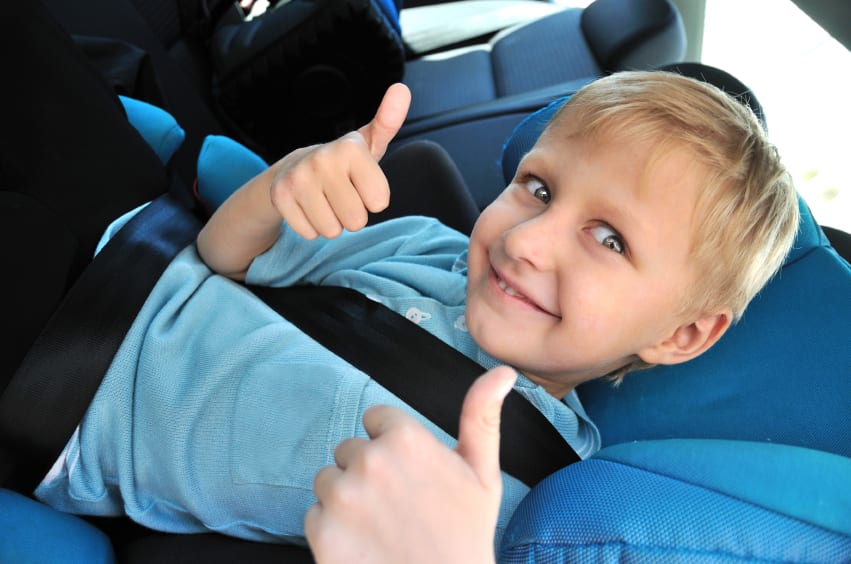Summer is finally here, which means that many families are going on day trips or vacations! For any parent with a kid that experiences motion sickness, a vacation could be a very daunting thought. Here are some facts about motion sickness in your children and ways to prevent it, so that you and your family could breathe a little easier on your next trip.
The Facts
Motion sickness can be experienced in trains, airplanes, boats, riding a theme park ride, or even on a playground swing. The most common type of motion sickness, however, is car sickness. Fifty eight percent of children between the ages of four and 10 experience car sickness. Motion sickness is characterized by an uncomfortable, queasy sensation. This sensation can cause nausea, cold sweat, vomiting, and dizziness. Motion sickness occurs when the central nervous system receives conflicting messages from the inner ear, eyes, and other areas of the body. For instance, when you are in a car and reading a book, your eye is fixed and not detecting movement, while your ear is detecting movement every time the car stops and starts. This confuses the central nervous system and causes motion sickness.
Young Children are Most Affected
Motion sickness can affect anyone, but young children tend to be affected in particular. Many times, they are not able to verbalize that they are feeling ill for this reason. They may just be able to say something like, “I have a stomachache.” The initial nausea is typically followed by cold sweat, fatigue and loss of appetite. A younger, nonverbal child may just become pale, restless and begin to cry. Many times, these symptoms are followed by vomiting. And by then it’s pretty obvious what’s happening.
Prevention
The best way to say goodbye to motion sickness is to stop it before it happens. If your child is over two years old, then position their car seat in the middle of the backseat, facing forward. Give your kid a small snack before the trip, rather than a huge meal. Open the windows for fresh air and do not allow your kid to play their Nintendo DS or read a book while in motion. Try distracting them from the long trip by singing songs or playing fun car games. Perhaps, plan your trip around nap time or bedtime so that they can sleep through most of it. Be prepared for motion sickness by keeping supplies in the car such as hand wipes, bags, carbonated water, etc.
When It Does Happen
Sometimes, you take all the precautions but your child gets sick anyway. Make frequent stops if you kid is beginning to feel ill. Allow them to lay down flat in the back of the car and rest a cool rag on their forehead. To relieve their nausea, give them some light carbonated water and crackers. You can also use herbs with ginger or mint to provide digestive comfort. There are certain medications that can be help to reduce and prevent motion sickness. Antihistamine medications such as Benadryl or Dramamine are available over the counter and may be used for mild symptoms. Keep in mind that these medications often incur drowsiness – but, then again, that might not necessarily be a bad thing for a finicky child.





